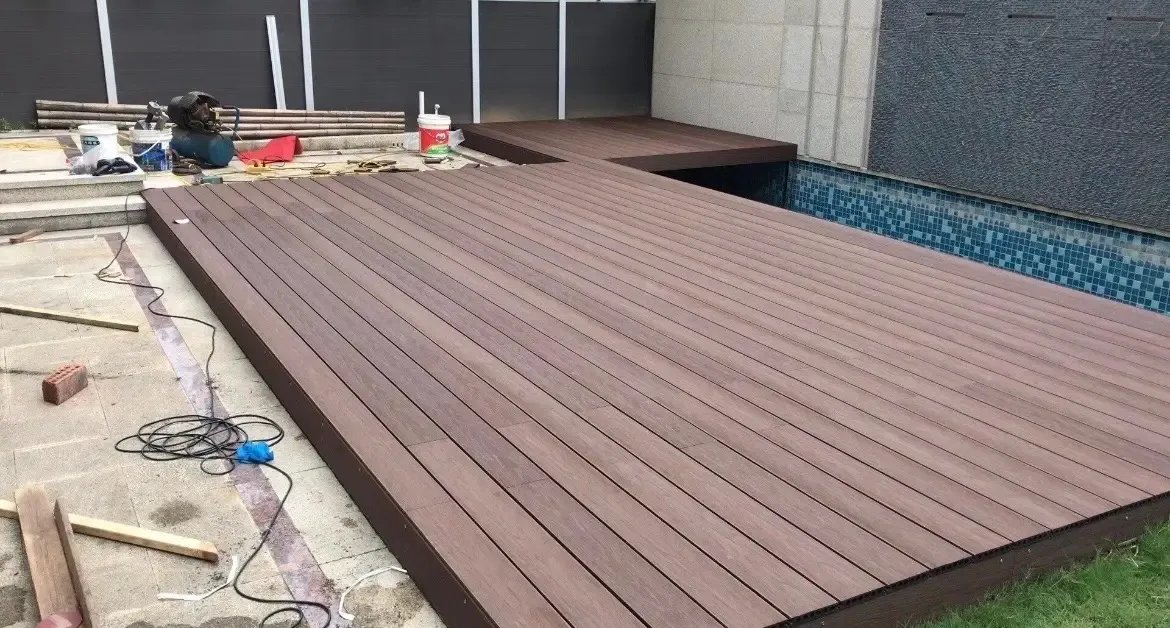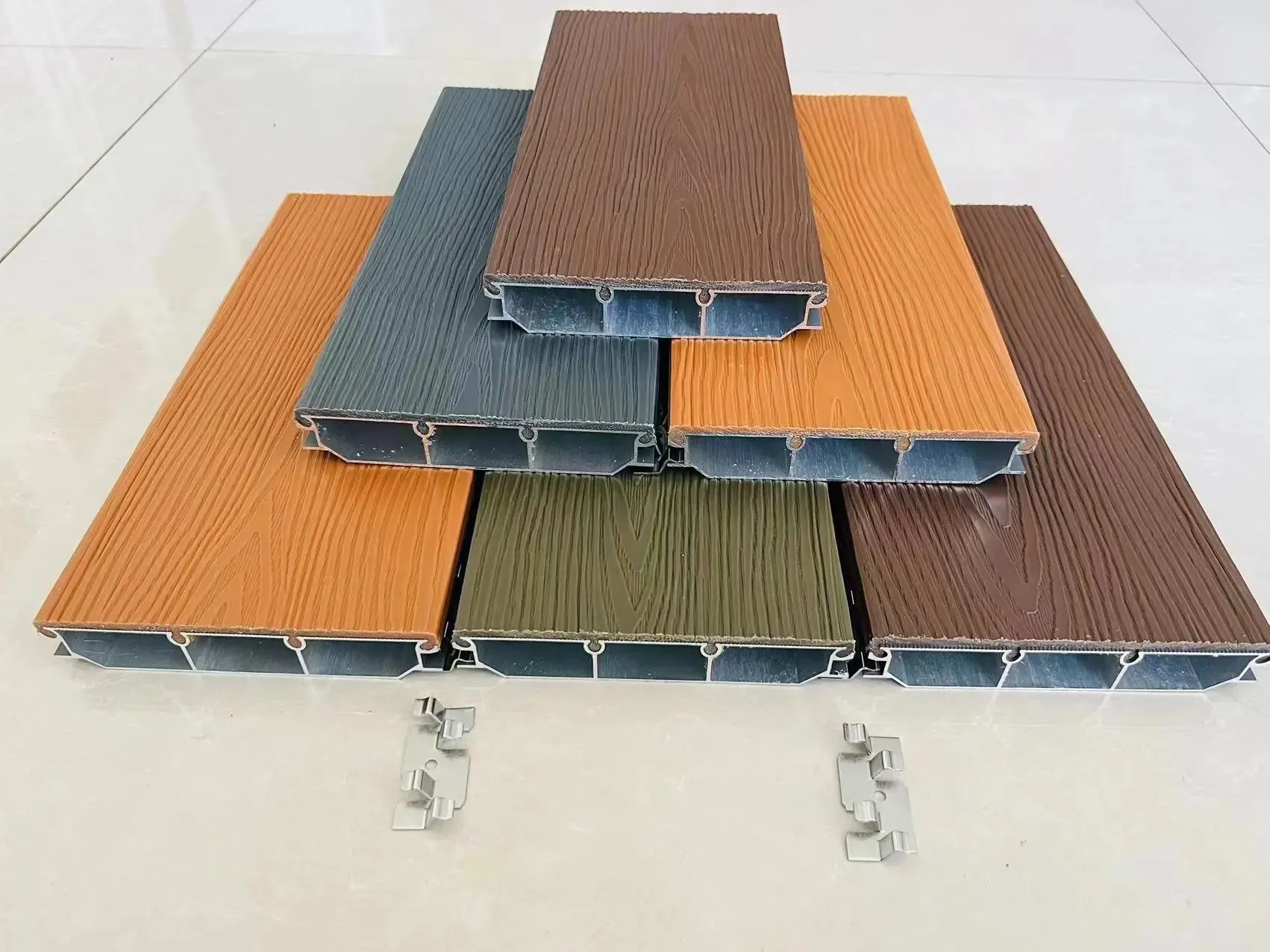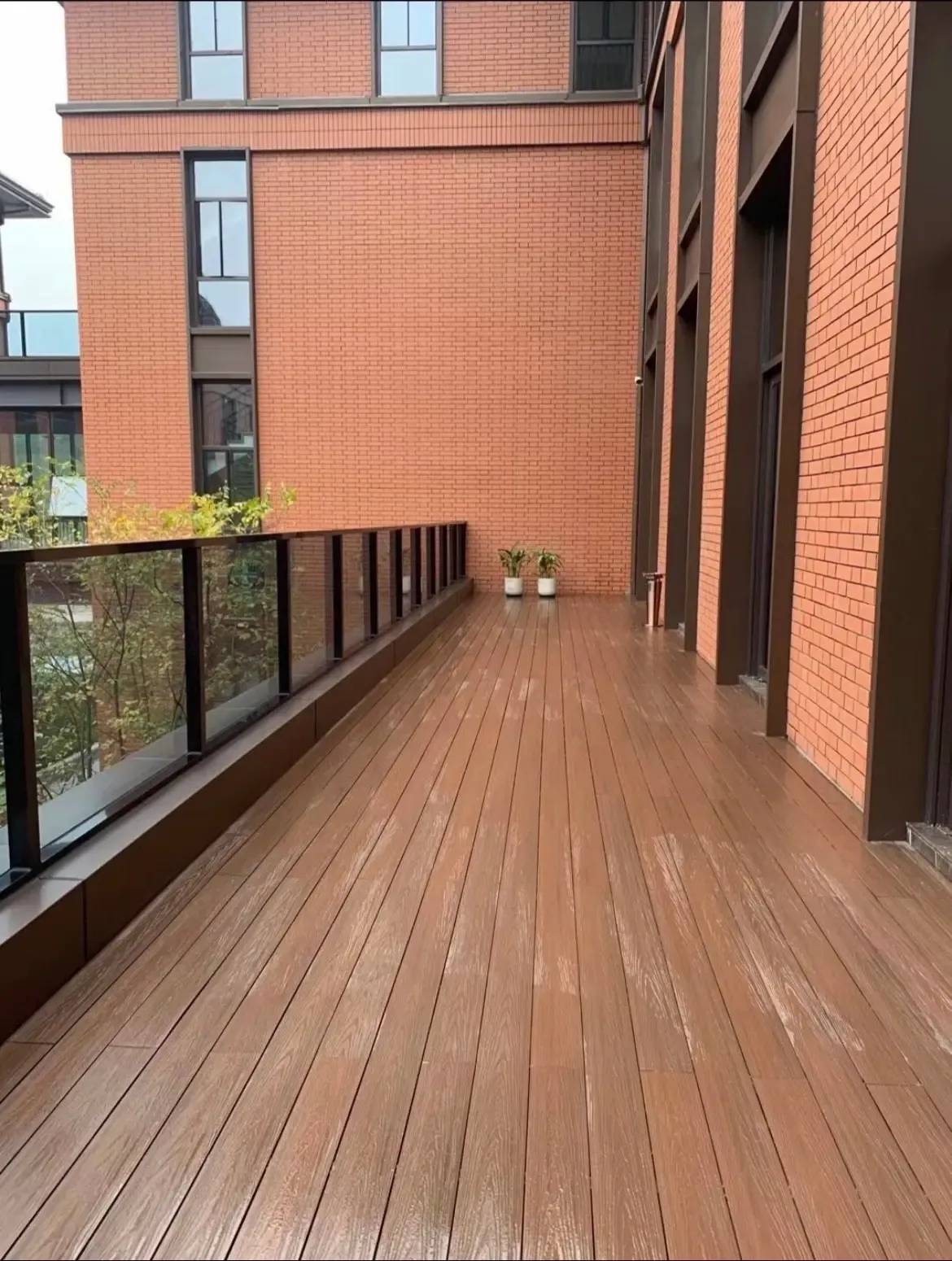- NEWS
- How Long Will A Deck Last?
How Long Will A Deck Last?
When considering home improvements, adding a deck can be one of the best investments you make. Not only does it enhance the aesthetic appeal of your home, but it also increases its value and provides a space for outdoor relaxation and entertainment. However, one of the most common questions that arise when planning to build or renovate a deck is, “How long will a deck last?” Understanding the factors that influence a deck's lifespan can help homeowners make informed decisions. In this blog post, we’ll explore how long various types of decks last, with a particular focus on aluminum decking, which we highly recommend for its durability and longevity.

The lifespan of any deck largely depends on the materials used.
1. Pressure-Treated Wood
Pressure-treated wood is widely used because of its affordability. Typically, when well-maintained, a pressure-treated wood deck can last anywhere from 15 to 30 years. However, it requires regular maintenance, including sealing and staining, to protect it from moisture and UV damage. Neglecting maintenance can significantly shorten its life.
2. Composite Decking
Composite decking, made from a combination of wood fibers and plastic, is designed to resist the elements. It generally lasts between 25 to 30 years. While composite decking is relatively low-maintenance, it is not immune to fading and can be prone to mold growth if not cleaned regularly.
3. Vinyl Decking
Vinyl decking offers a lifespan similar to composite materials, typically lasting 25 to 30 years. It is resistant to moisture and does not require painting or staining. However, extreme temperature fluctuations can affect its structural integrity, so choosing high-quality vinyl is crucial.

4. Aluminum Decking
Aluminum decking stands out due to its exceptional durability and longevity. An aluminum deck can last 50 years or more with minimal maintenance. Unlike wood and composite materials, aluminum decking does not warp, splinter, or fade, making it a superior choice for homeowners looking for a long-lasting outdoor solution. Its non-porous surface resists moisture, preventing the growth of mold, mildew, and insects.
5. Hardwood Decking
Hardwood options such as teak or mahogany can last 25 to 50 years if properly maintained. They are incredibly durable and provide an elegant aesthetic but come at a higher cost. Regular oiling and sealing are necessary to protect hardwood from the elements.
Factors Affecting Deck Longevity
1. Quality of Construction
The quality of the construction plays a critical role in determining the deck's lifespan. Using high-quality materials and following proper installation techniques can prevent structural issues. A well-built aluminum decking system, for instance, ensures stability and durability over the years.
2. Maintenance Practices
Regular maintenance is essential for prolonging the life of any deck. For wooden decks, this includes cleaning, sealing, and staining. Aluminum decking, on the other hand, requires minimal upkeep—occasional cleaning with soap and water is typically enough to keep it looking new.
3. Environmental Conditions
The environment in which the deck is located can also affect its longevity. Areas with high humidity, heavy rainfall, or extreme temperatures can wear down decks faster. Aluminum decking is particularly adept at handling these conditions, resisting rust and corrosion, making it ideal for various climates.

The Advantages of Aluminum Decking
Given the various materials available for decking, aluminum decking emerges as a compelling choice for longevity and performance.
1. Durability
Aluminum decking is exceptionally durable and can withstand harsh weather conditions without warping or cracking. Its resilience makes it ideal for regions with extreme weather, including heavy snow and high temperatures.
2. Low Maintenance
One of the standout benefits of aluminum decking is its low maintenance requirement. Unlike wood, which needs regular staining and sealing, aluminum only requires periodic cleaning to keep it in good condition. This ease of maintenance can save homeowners time and money in the long run.
3. Eco-Friendly
Aluminum decking is often made from recycled materials, making it an environmentally friendly choice. Additionally, its longevity means fewer resources are needed for repairs or replacements, further reducing its environmental impact.
4. Safety Features
Aluminum decking is slip-resistant and does not splinter, making it a safe option for families and pets. This feature is particularly beneficial around pools or in areas prone to wet conditions.
Maintenance Tips for Aluminum Decking
While aluminum decking is low-maintenance, homeowners should still follow a few simple practices to ensure its longevity:
Regular Cleaning:Use a mild soap and water solution to clean the surface, removing dirt and debris. A soft-bristle brush can help scrub away any stubborn spots.
Inspect for Damage: Regularly check for signs of wear or damage, especially after severe weather. Ensure that all fasteners are secure and replace any that are corroded.
Conclusion
In conclusion, the lifespan of a deck is influenced by various factors, including the materials used and the level of maintenance provided. While traditional materials like wood and composite can offer decent longevity, aluminum decking stands out as a superior choice, offering a remarkable lifespan of 50 years or more with minimal maintenance.
Whether you’re hosting a summer barbecue, enjoying a quiet evening with family, or simply relaxing in your backyard, an aluminum deck provides a beautiful and functional space that will serve you well for decades.
If you want to know more about this product, please click to consult us
-
Why Choose Aluminum Products: A Durable, Aesthetic, and Eco-Friendly OptionNewsJul.03,2025
-
Create a Cozy Outdoor SolariumNewsJun.05,2025
-
No.1 Pergola: Build Dream of Outdoor KitchenNewsMay.30,2025
-
Unique Superior Propertie of Aluminum ProductsNewsApr.11,2025
-
Unleash Your Potential: a Frame House AdditionsNewsMay.21,2025
-
Common Products from Aluminum PlantsNewsMay.16,2025
-
How to Build a Conservatory: The Ultimate DreamNewsMay.13,2025











